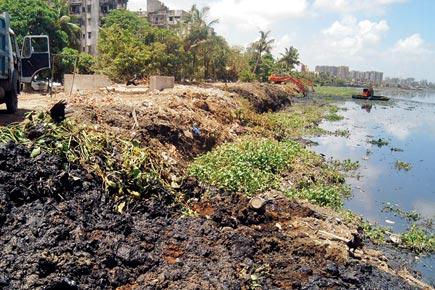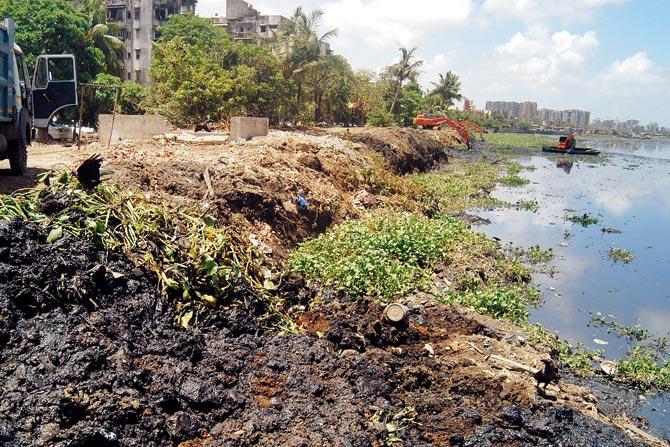India and four other countries -- China, Pakistan, Mexico and Iran -- account for the most cropland in the world irrigated by dirty wastewater, putting millions of lives at serious health risks, new research has found


Representational Pic
ADVERTISEMENT
India and four other countries -- China, Pakistan, Mexico and Iran -- account for the most cropland in the world irrigated by dirty wastewater, putting millions of lives at serious health risks, new research has found.
The global use of untreated wastewater from cities to irrigate crops downstream is 50 per cent more widespread than previously thought, according to the study published in the journal Environmental Research Letters.
The study relies on advanced modelling methods to provide a comprehensive estimate of the global extent to which farmers use urban wastewater on irrigated cropland.
Researchers analysed data with geographic information systems (GIS).
According to the study, farmers' use of wastewater is most prevalent in regions where there is significant wastewater generation and water pollution.
In these circumstances, and where safer water is in short supply, wastewater offers a consistent and reliable means of irrigating fields, including high-value crops, such as vegetables, which often require more water than staple foods.
Where raw wastewater is available, farmers may tend to prefer it because of its high concentrations of nutrients, which can lessen the need to apply purchased fertilisers.
In most cases, however, farmers' use of this water is motivated by basic needs. They simply do not have alternatives, the study showed.
"The de facto reuse of urban wastewater is understandable, given the combination of increasing water pollution and declining freshwater availability, as seen in many developing countries," said lead author of the study Anne Thebo from University of California, Berkeley in the US.
"As long as investment in wastewater treatment lags far behind population growth, large numbers of consumers eating raw produce will face heightened threats to food safety," Thebo said.
Results showed that 65 per cent of all irrigated areas are within 40 km downstream of urban centres and are affected by wastewater flows to a large degree.
Of the total area of 35.9 million hectares, 29.3 million hectares are in countries with very limited wastewater treatment, exposing 885 million urban consumers as well as farmers and food vendors to serious health risks.
Five countries -- China, India, Pakistan, Mexico and Iran -- account for most of this cropland, the findings showed.
These new findings supersede a widely cited 2004 estimate, based on case studies in some 70 countries and expert opinion, which had put the cropland area irrigated with wastewater at a maximum of 20 million hectares.
"Gaining a better grasp of where, why and to what extent farmers use wastewater for irrigation is an important step toward addressing the problem," said second author Pay Drechsel of the International Water Management Institute (IWMI), Battaramulla, Sri Lanka.
"We hope this new study will focus the attention of policy makers and sanitation experts on the need to fulfill Sustainable Development Goal 6, particularly target 3, which calls for halving the proportion of untreated wastewater, and increasing recycling and safe water reuse," Drechsel added.
 Subscribe today by clicking the link and stay updated with the latest news!" Click here!
Subscribe today by clicking the link and stay updated with the latest news!" Click here!






